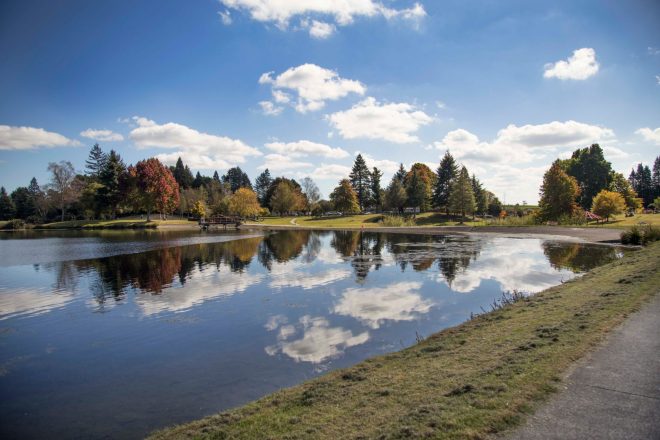토코로아 의 역사
도코로아 (Tokoroa) 는 주변 지역에서 이름을 딴토코로아는 이 지역의 첫 번째 부족인 응가티 카후팡가푸가 족장이었다.그는 현재 토코로아 (Tokoroa) 의 남쪽에 있는 포후투로아 포위 공격으로 사망했다.이 전투는 1600년경 와이카토 남쪽으로 퍼져 나갔을 때 일어난 많은 전투 중 하나였습니다.
농업 및 임업
템즈 밸리 랜드 컴퍼니는 19세기에 토코로아 주변을 소유했습니다.토코로아에는 작은 농가 정착촌이 등장했습니다.1930년대에는 농부들이 비료를 사용할 수 있게 되어 농업의 증가가 가능해졌습니다.1925년에서 1935년 사이에 뉴질랜드 영구 숲은 토코로아 근처에 라디아타 소나무 숲을 심었습니다.1940년대까지 상업 숲이 성숙하고 쓰러졌습니다.뉴질랜드 퍼페추얼 포레스트의 후계자인 뉴질랜드 산림 제품 (NZFP) 은 인근 킨라이스에 목재 가공을 위해 펄프 및 제지 공장을 건설하기 시작했습니다.임업은 수백 명의 사람들을 고용하는 지역 경제의 중요한 요소가 되었습니다.
회사 타운
1947년부터 토코로아 (Tokoroa) 는 키클리스 공장에 건설한 후 일하는 주택 노동자로 성장했습니다.비정상적으로, 한 회사는 주 (州) 가 아닌 ‘뉴질랜드 산림산물’이라는 마을을 개발했습니다.
이 회사는 1947년에서 1976년 사이에 2,230개의 주택과 독신 수용소 수용소도 건설했습니다.마을의 배치, 지역 사회 시설, 심지어 집들의 모습은 안정적인 인력을 끌어 들이고 유지하도록 설계되었습니다.
다양한 문화
다양한 국적과 민족의 노동자들이 토코로아에 살면서 독특한 다문화 공동체를 만들어 냈습니다.일부는 영국, 네덜란드 및 태평양 제도, 특히 쿡 제도, 사모아, 피지, 통가 및 니우에 출신의 이민자를 지원했습니다.뉴질랜드의 다른 곳에서 토코로아에 온 마오리와 파케하가 있었다.
오늘날 토코루아의 경제는 여전히 농업, 임업 및 물류에 기반을 두고 있습니다.

















































